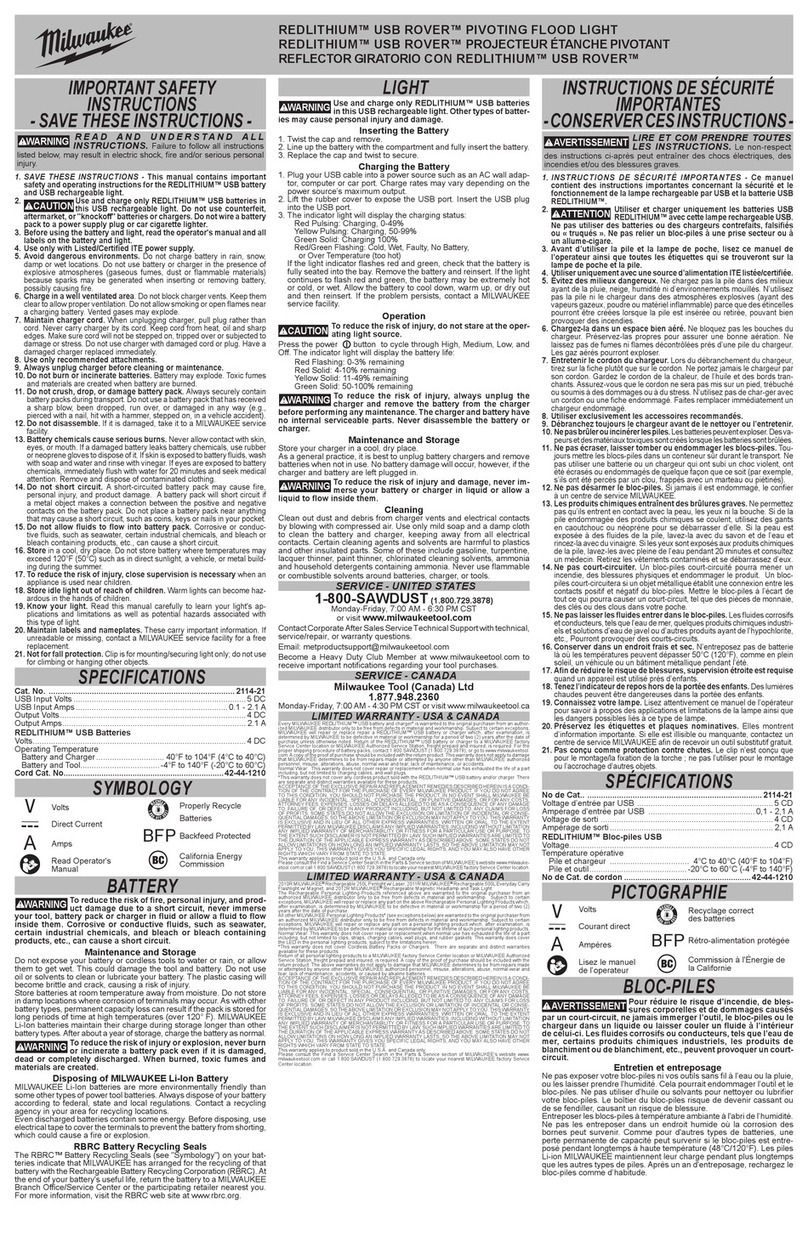Milwaukee HEAVY DUTY M12 POAL User manual
Other Milwaukee Lighting Equipment manuals
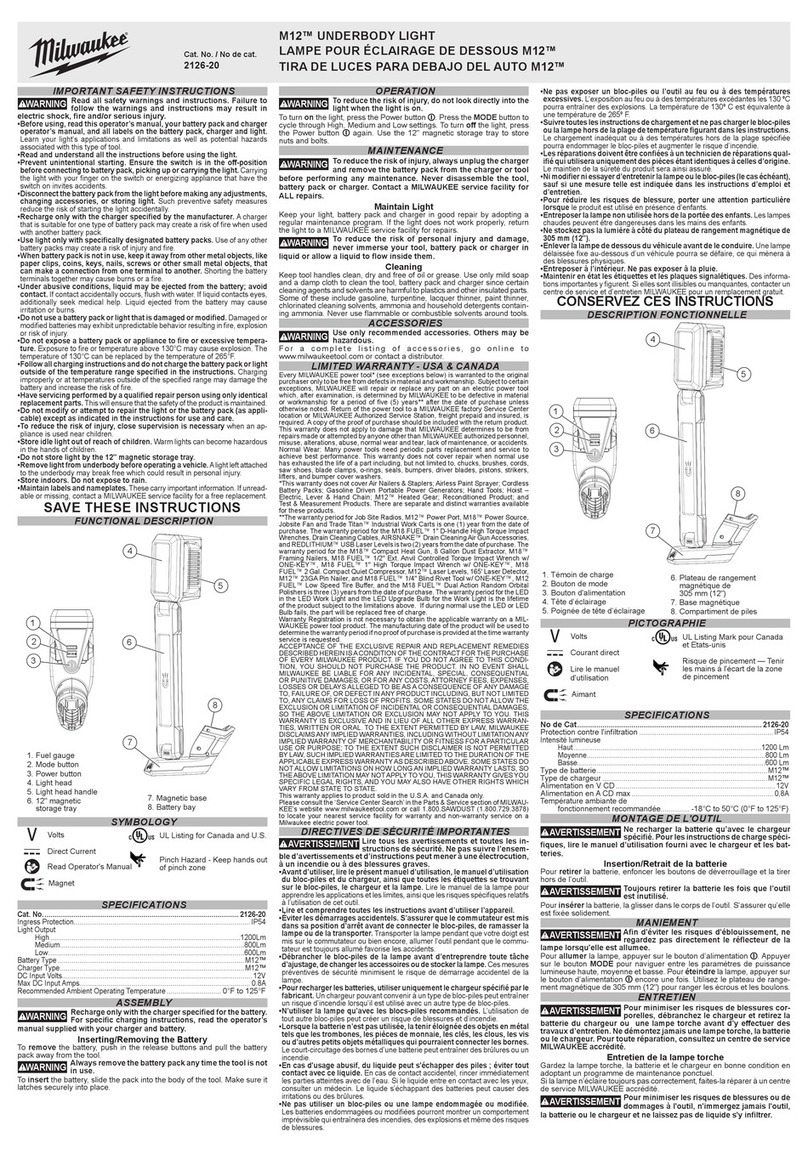
Milwaukee
Milwaukee M12 Fuel User manual
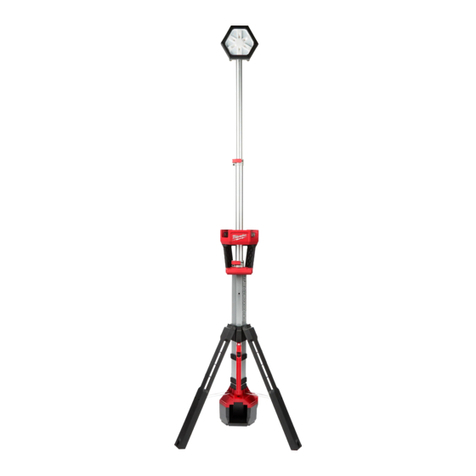
Milwaukee
Milwaukee ROCKET M18 2131-20 User manual

Milwaukee
Milwaukee MX FUEL ROCKET User manual

Milwaukee
Milwaukee REDLITHIUM 2119-20 User manual

Milwaukee
Milwaukee MXF TL User manual

Milwaukee
Milwaukee M12 2125-20 User manual
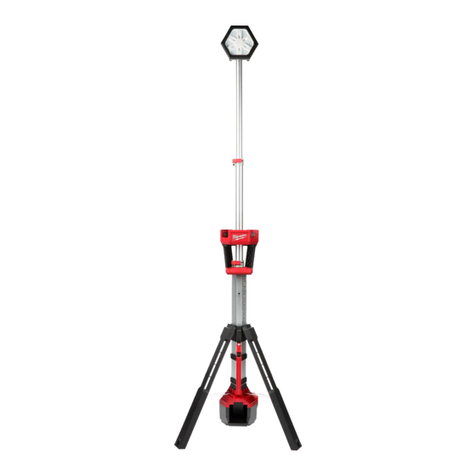
Milwaukee
Milwaukee M18 ROCKET User manual

Milwaukee
Milwaukee M12 AL User manual

Milwaukee
Milwaukee M18 User manual
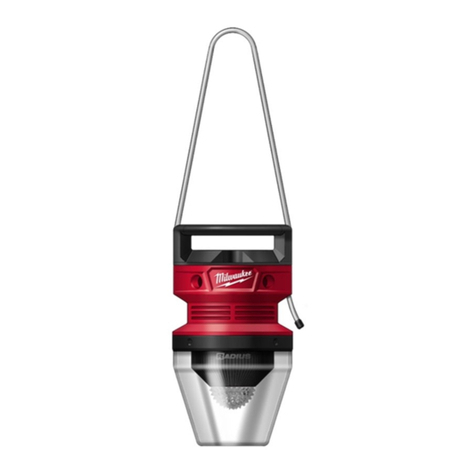
Milwaukee
Milwaukee HOBL 7000 User manual
Milwaukee
Milwaukee REDLITHIUM USB BEACON 2116-20 User manual

Milwaukee
Milwaukee M12 UCL User manual

Milwaukee
Milwaukee M12 2127-20 User manual
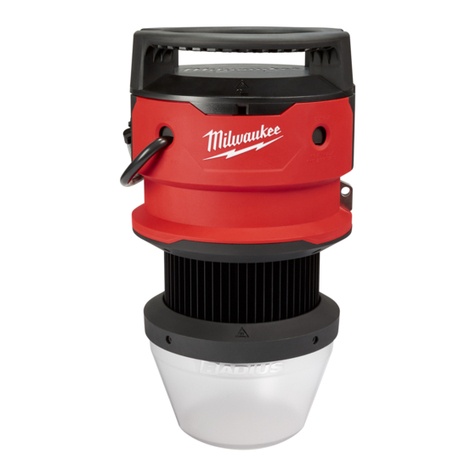
Milwaukee
Milwaukee Radius 2156-AC User manual
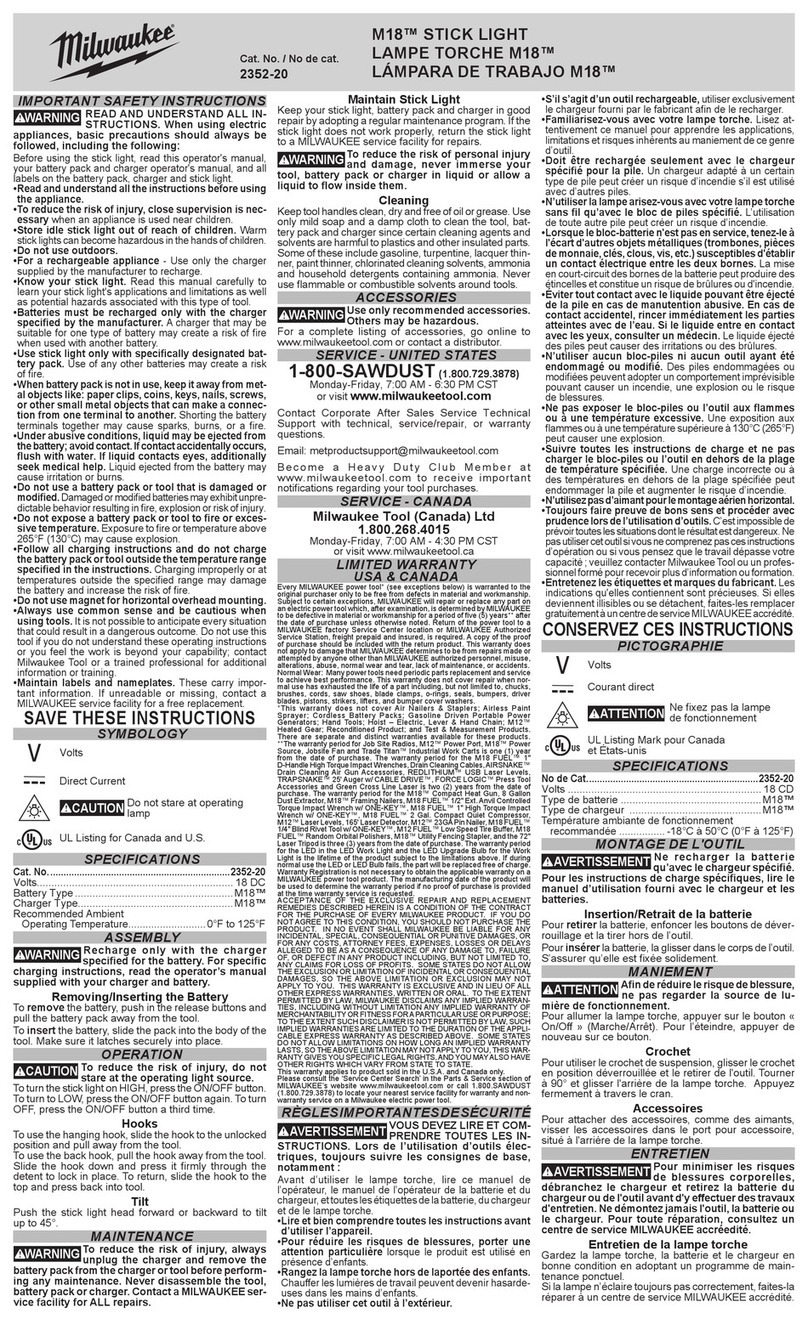
Milwaukee
Milwaukee M18 2352-20 User manual
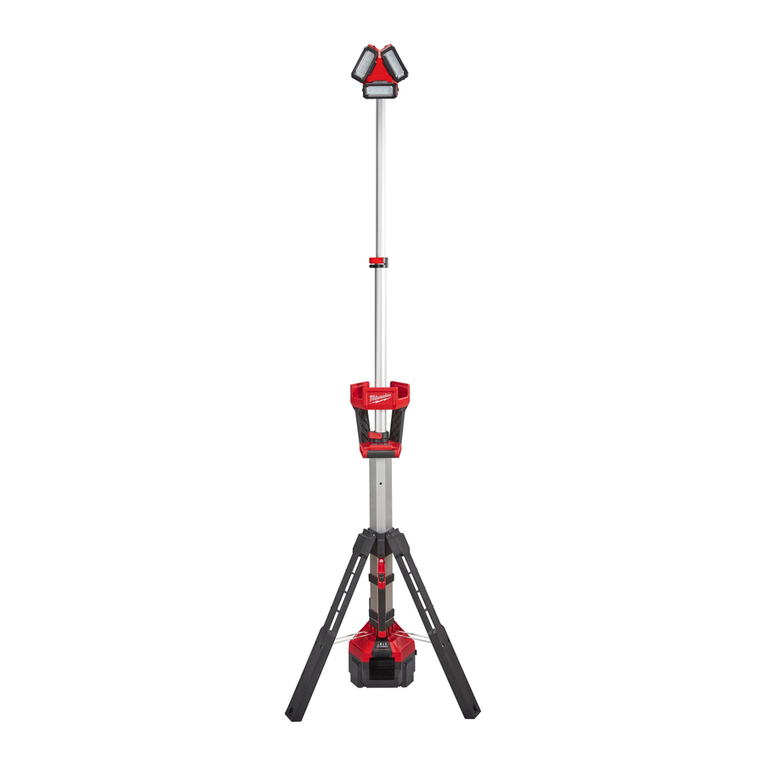
Milwaukee
Milwaukee M18 HSAL User manual

Milwaukee
Milwaukee MX FUEL MXF TL User manual

Milwaukee
Milwaukee M12 PACKOUT AREA LIGHT User manual

Milwaukee
Milwaukee M18 2354-20 User manual

Milwaukee
Milwaukee L4 HL2 User manual

